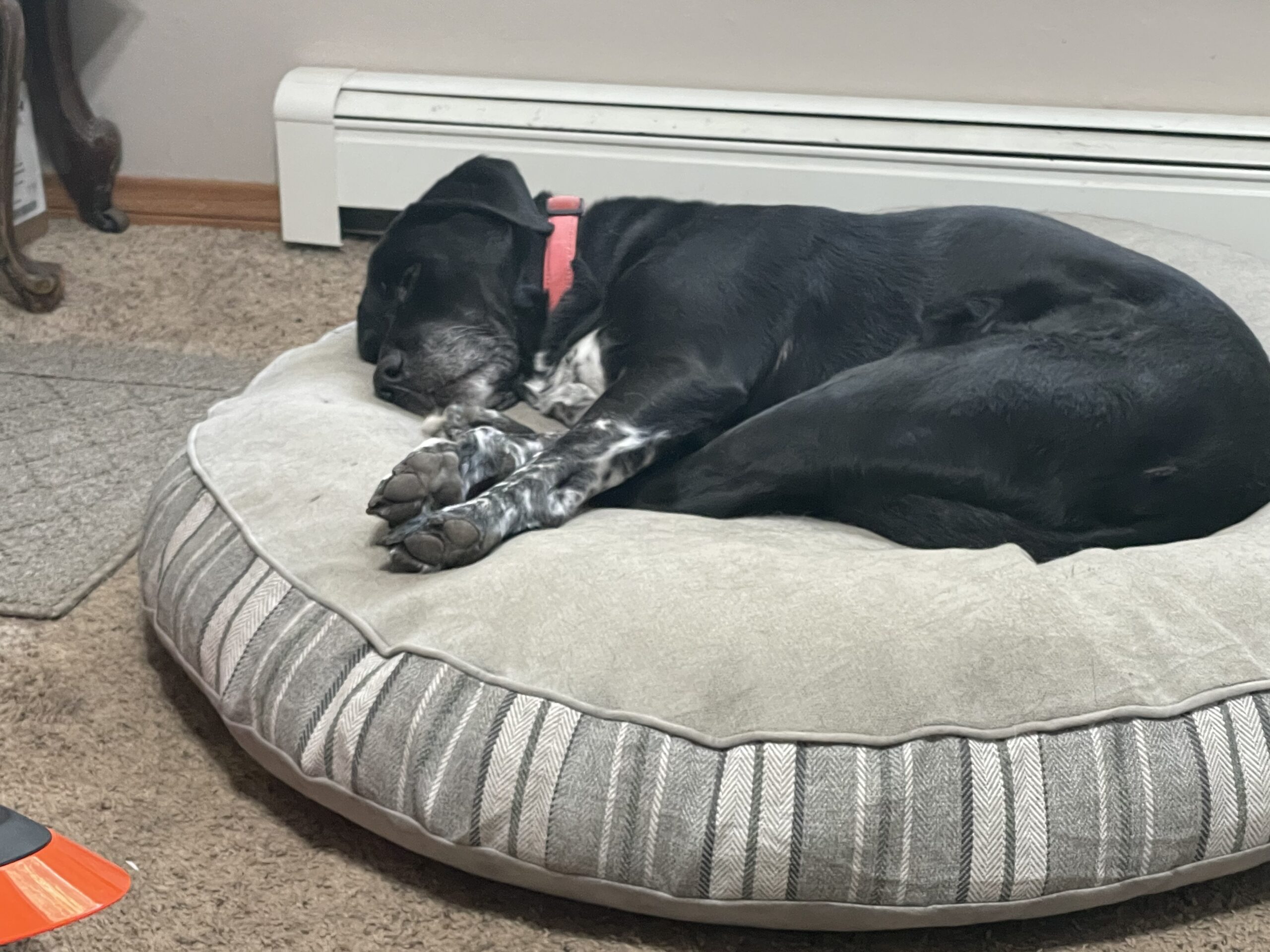Welcome Scooby

I have a new fur baby. On November 8th, the day after a huge snow storm, I brought Scooby home from the animal shelter. I totally fell in love with him on the internet – it was his eyes. (See internet picture on the right. That was my first look at Scooby.) We had been … [Read more…]








